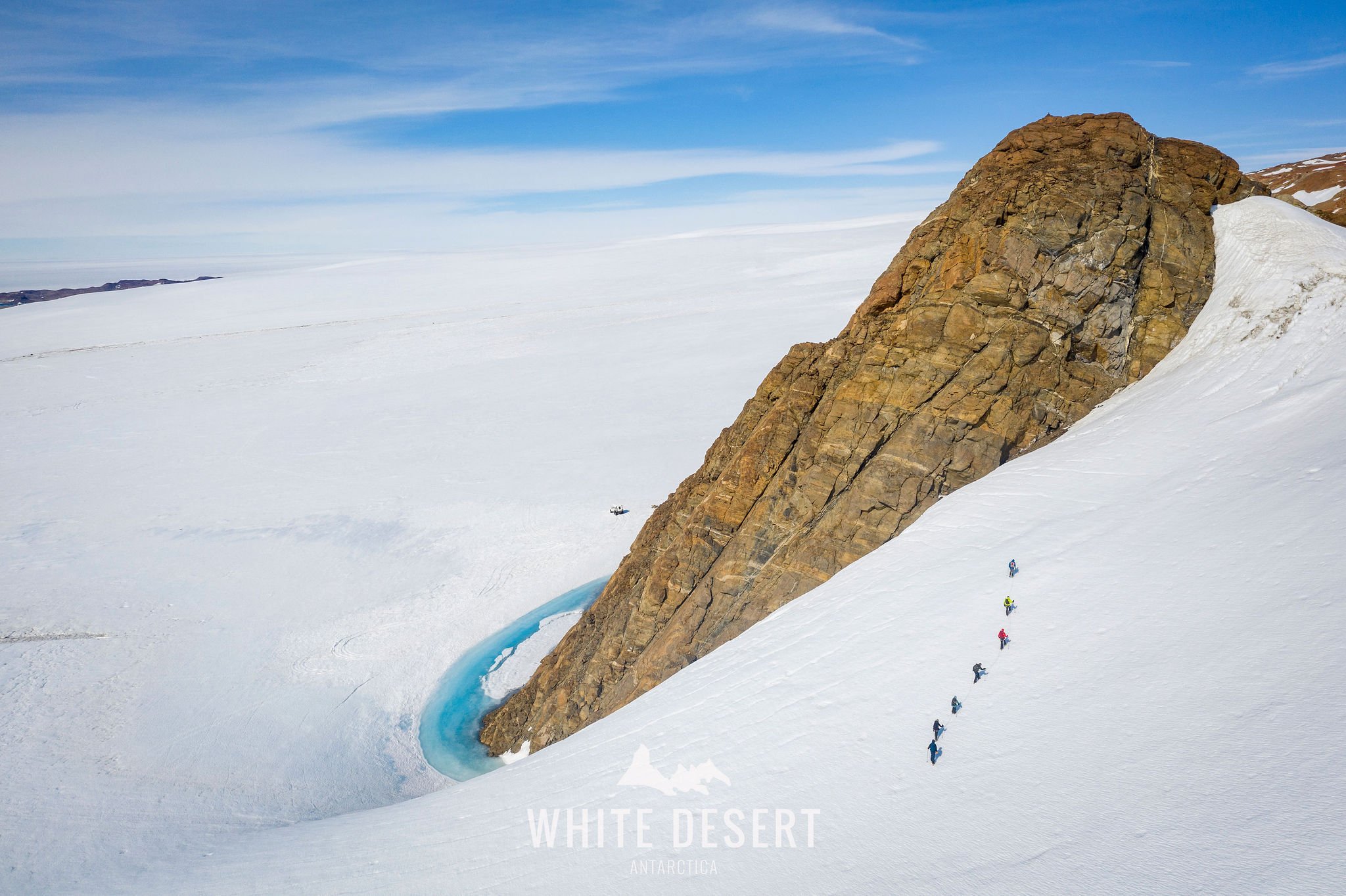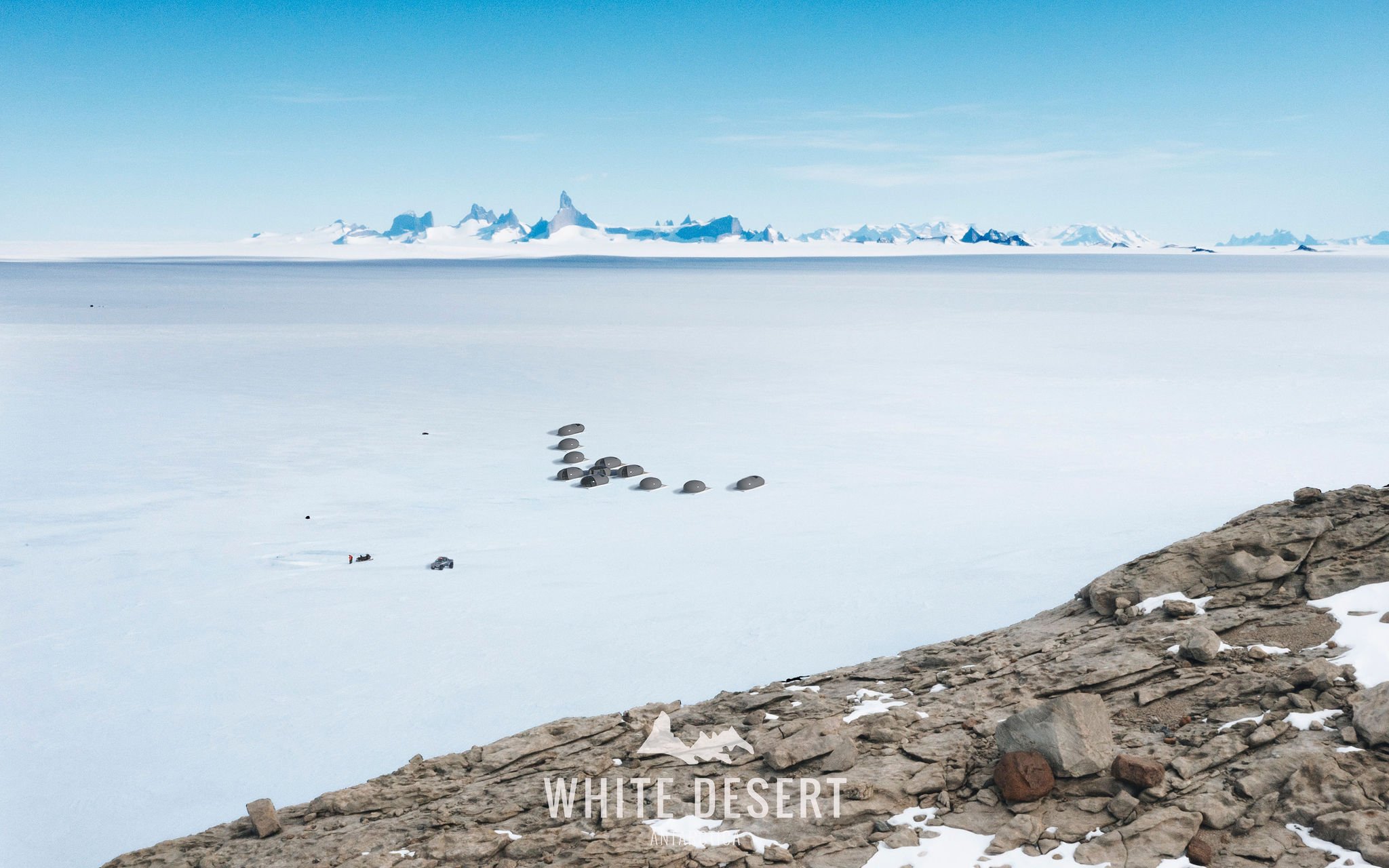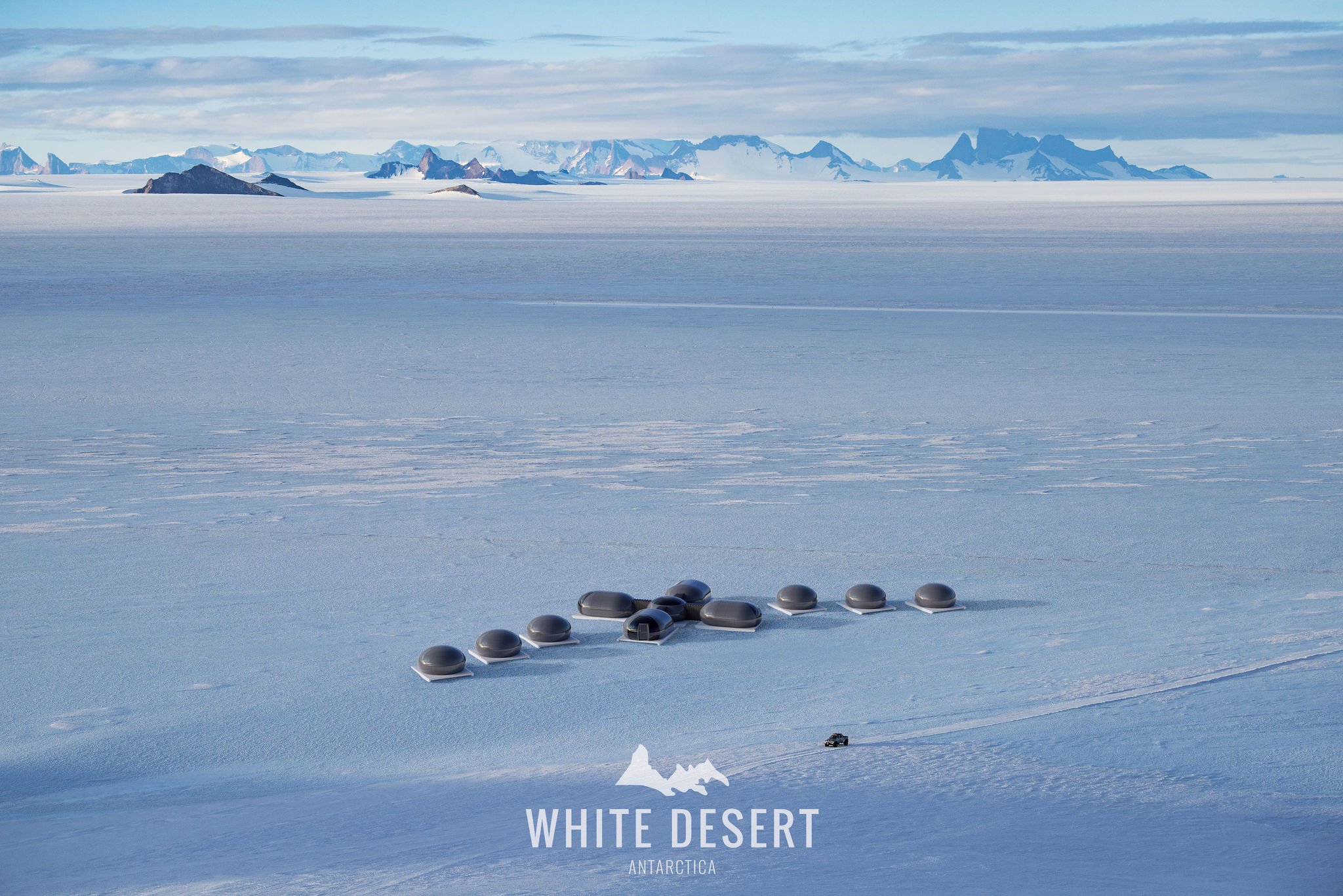

White Desert Antarctica
ANTARCTICA
White Desert Antarctica
ANTARCTICA
WHITE DESERT
ANTARCTICA


























THE PERSONALITIES
Pioneers. Explorers. Wildlife lovers.
MOMENTS
The most remote continent on Earth. Surreal unimaginably vast landscapes. Exploring beyond the horizon. Penguin colonies. Scaling glaciers at sunrise. Icebergs at sunset. Nature in its rawest form. Peace and Stillness. The edge of the world. A once in a lifetime experience.
BEST VISITING MONTHS
The best time to visit Antarctica is during the austral summer, which typically spans from November to March. Keep in mind that Antarctica's weather can be unpredictable, and it's essential to be prepared for cold temperatures.
Late November to Early December: During this time, you'll witness the emergence of spring in Antarctica. Penguins begin their nesting activities, and the landscape starts to transform with the melting of snow, revealing the underlying terrain. Mid-December to January: This is the peak of the austral summer. The weather is relatively milder, with temperatures ranging from around 20°F to 40°F (-6°C to 4°C). Wildlife, including seals and whales, is abundant. It's an ideal time for exploring, wildlife watching, and enjoying the pristine scenery. February to Early March: Towards the end of the season, wildlife activities are still vibrant, and you can experience the last phase of the Antarctic summer.
COST
WHY STAY
White Desert offers a luxury experience amidst the pristine and breathtaking landscapes of Antarctica. Upon landing on the ancient blue ice of Wolf’s Fang Runway, guests are transported to either Whichaway, the flagship luxury retreat overlooking the freshwater lakes of the Schirmacher Oasis, or Echo, the brand new camp nestled in the imposing mountains of Queen Maud Land. Whichaway boasts six heated 'polar pods' with cutting-edge exteriors and interiors that pay homage to Antarctica’s rich history of exploration. The communal lounge, library, and dining area provide a cozy space for relaxation with panoramic views. The newest camp, Wolf’s Fang, situated in the mountains of Queen Maud Land, is composed of six heated bedroom tents featuring en-suite washrooms and shower rooms, Wolf’s Fang offers laidback yet sophisticated interiors reminiscent of the golden age of explorers. The relaxed lounge and inviting dining area provide comfort and warmth, allowing guests to unwind and share their day's explorations. Enjoy a sauna with glacier views and sip cocktails by the fire.
WHY WANDER
Take part in extraordinary experiences like visiting the South Pole or encountering 28,000 emperor penguins at Atka Bay. Hike over ice waves or delve into ice tunnels. Conquer Nunatak Mountain through ice climbing. Walk through an ancient glacier. Camp on the Antarctic Plateau. Do a polar plunge. Take in the unparalleled beauty of the Antarctic landscape.
INDULGE IN
Despite the challenging conditions, the chefs at White Desert craft an exceptional dining adventure that complements the awe-inspiring surroundings. Guests are treated to gourmet meals with thoughtfully curated ingredients. The menu reflects a commitment to sustainability, with an emphasis on minimizing environmental impact.
GETTING THERE
Getting to White Desert Antarctica typically involves taking a flight to Cape Town, South Africa, as it serves as the gateway for most Antarctic expeditions. From Cape Town, travelers then embark on a private charter flight to Wolf's Fang or another designated camp in Antarctica with stunning aerial views of the frozen landscapes and glaciers. White Desert operates a private jet service, and the journey involves flying across the Southern Ocean to reach the continent. Once in Antarctica, guests land on an ice runway near the camp.
WILD INITIATIVES
Recognizing the fragility of Antarctica's ecosystem, White Desert places a premium on minimizing its ecological footprint. Expeditions are conducted in small groups to limit impact, and visitors adhere to stringent guidelines, including "Leave No Trace" principles. Camps are designed for energy efficiency, integrating renewable sources to mitigate environmental impact. Waste management is a priority, with a commitment to recycling and responsible disposal. Wildlife protection measures ensure that encounters with native fauna are respectful and non-intrusive. Educational initiatives play a crucial role, fostering awareness about Antarctica's significance and the imperative for conservation. By collaborating with scientific research endeavors, White Desert contributes to a deeper understanding of Antarctic ecosystems. As a steadfast adherent to the Antarctic Treaty System, White Desert exemplifies sustainable tourism by not only delivering an unparalleled experience but also safeguarding the pristine beauty and ecological balance of Antarctica for future generations.
Images property of White Desert

